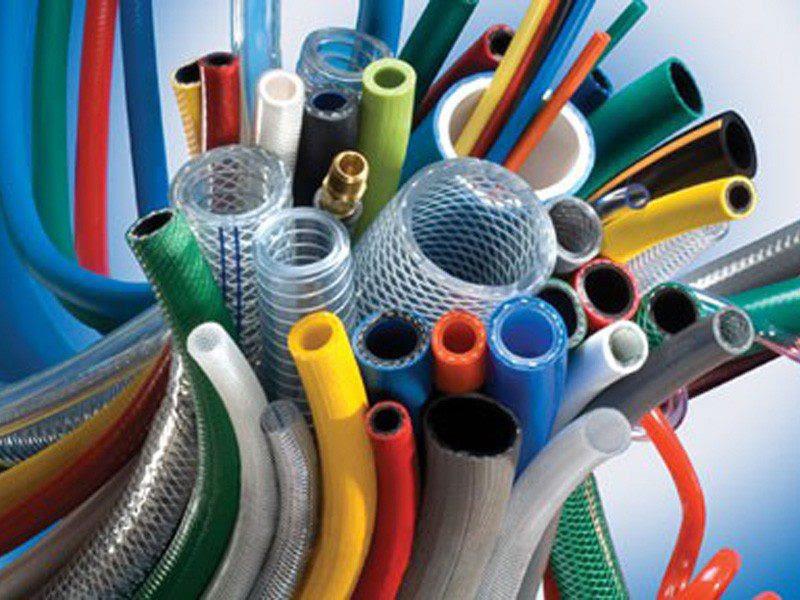
What's that smell?
by RCR Yachts 1 May 2023 12:32 PDT

Hoses © RCR Yachts
What comes to mind when you think of the words "boat smell"? Is it a fragrance reminiscent of the expensive sandalwood and lavender candle you smelled that one time at the day spa? How about musty basement mixed with a pile of wet wool sweaters?
Perhaps your olfactory delight is a combination of the above mixed with a truck-stop diesel spill! Whatever comes to mind, the smell is usually enabled by a leak, a spill, or something more sinister—bad hoses.
The truth is that most marine hose actually has a lifespan; entirely dependent on the application, the type of hose, and how it is treated while in service. Marine hose is expensive—sometimes mind-bogglingly so—and it is not surprising that replacing hoses tends to slide down the to-do list. After all, they get installed, do their jobs mostly out of sight, and we don't think about them the way we think about polishing stainless railings or hosing down the deck. Yachting Monthly published a useful article on this subject a few years ago that provides some sound inspection guidance and food for thought.
Engine Hoses
Engine hoses do a tremendous amount of work. Varying in size, most are made of durable reinforced rubber and take toxic ambrosias of exhaust and water or hot antifreeze from one place to another. They transport vital cooling water to hot engine parts, and sometimes stand as the only barrier between an open through-hull fitting and the inside of your boat. Failure at one of these can quickly become a life-threatening emergency. If fire and flooding are the two most dangerous events that can happen at sea, it is sobering to think that quality hose plays a massive role in vessel safety.
Sanitation Hoses
Sanitation hoses carry our unspeakables out of sight to be dealt with another time, and while most have a clean, shiny exterior, what's going on inside is anything but! We don't need to talk about the effects of failure here—you are all imaginative readers! Of course, there are a variety of other types of hose used aboard. Potable water, bilge, and drainage systems all have their niche varieties. Just as in newer homes, flexible PEX piping has even become standard in boats recently for its convenience and unmistakable coloring—red is hot and blue is cold.
Hose 411
Check in on your hoses and see if they are up to the task they've been assigned. For engine hoses, give 'em a squeeze. A little flexibility is good, but a hose that doesn't budge should warrant a closer look. Check for cracking, swelling at connections to through-hull fittings, and while you're at it, ensure that any connection below the water line is double clamped with quality hose clamps—not the hardware store variety—the nice marine grade 316 stainless jobs. I know, they're expensive and the kids' tuition is due, but remember what that hose does and what it carries!
Sanitation hose is a little more tricky, mostly because who among us wants to go near it anyway? Despite its cost, sanitation hose is actually semi-permeable, and over time, vapors of horrific proportions will slowly begin to seep through. I replaced the sanitation hose (all 19 feet of it) in my boat a few years ago after I purchased it. The smell was the giveaway, but once I got into the job, it dawned on me that the hose was blue—not the typical white.
If blue marine sanitation hose is indeed a thing, I'd never encountered it until this day. The permeability mixed with the typically blue head treatment, added to over 25 years of service, created a horrible concoction—timed out hose, stained blue, full of someone else's you-know-what. Removal was a pain, and the truth is that I spilled a little, but with the new hose installed, the smell went away immediately. I, on the other hand, ended up on antibiotics (not joking) for a few days.
Hoses, while not typically sexy purchases or hot topics of conversation while enjoying sundowners, are as important to your boat as its sails or engines. Keep an eye on them and consider placing them on a rotation cycle that is in line with their published life expectancy, or earlier if conditions warrant. You'll feel better, smell better, and probably won't need a course of antibiotics.